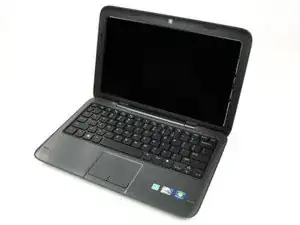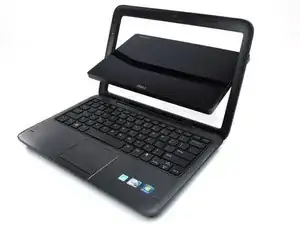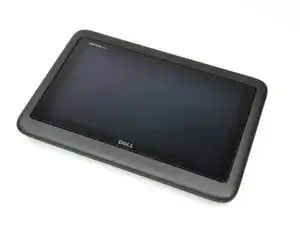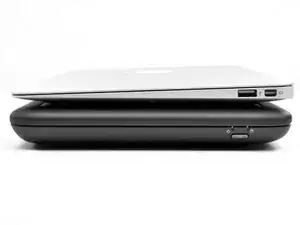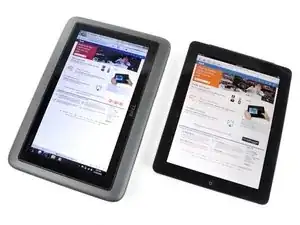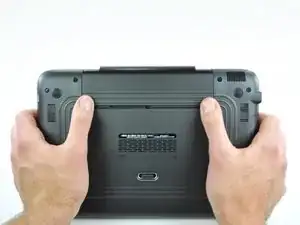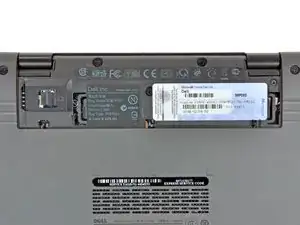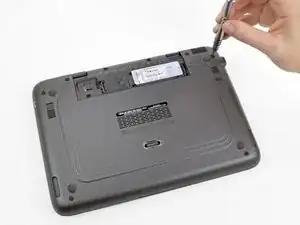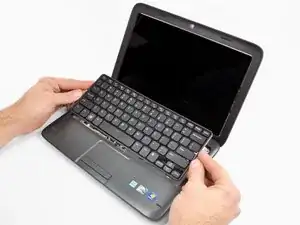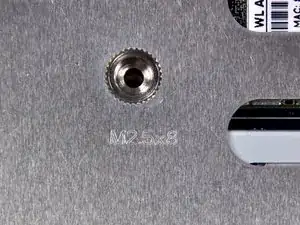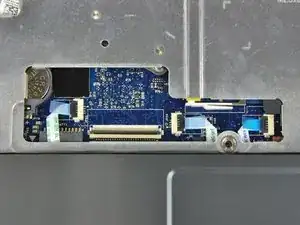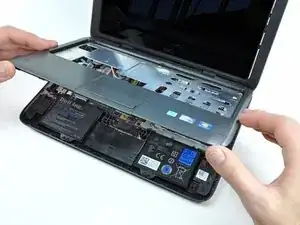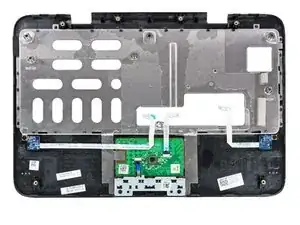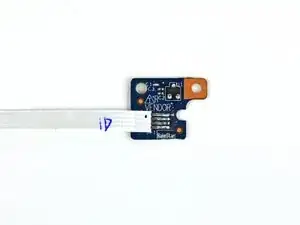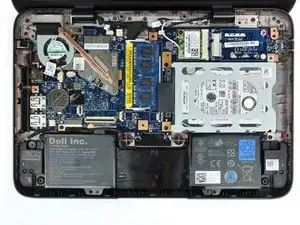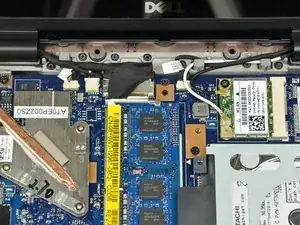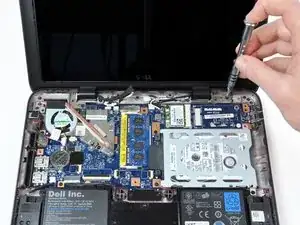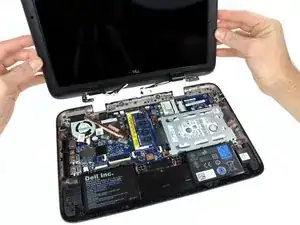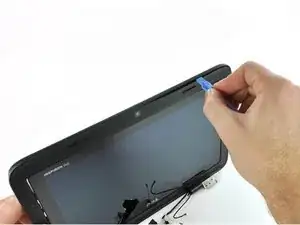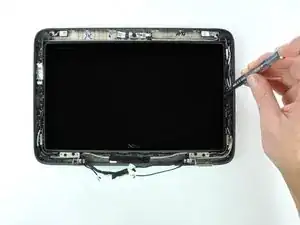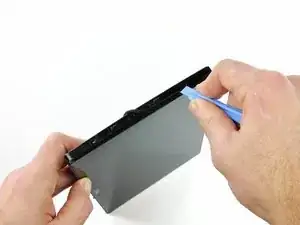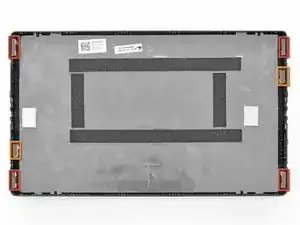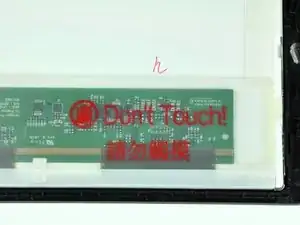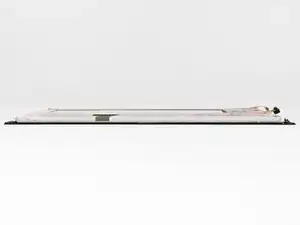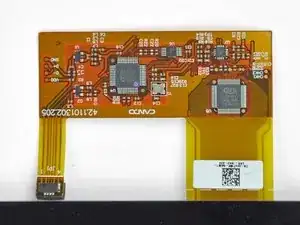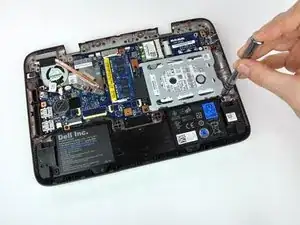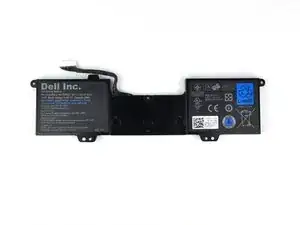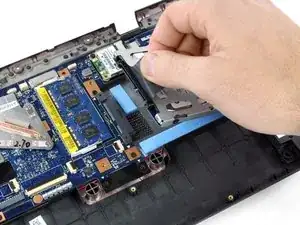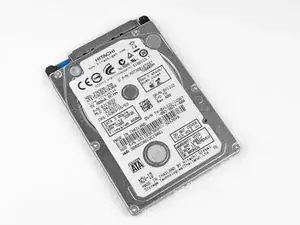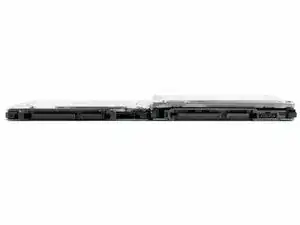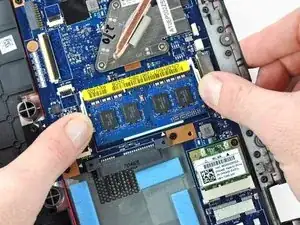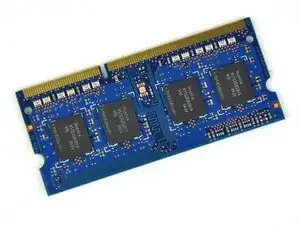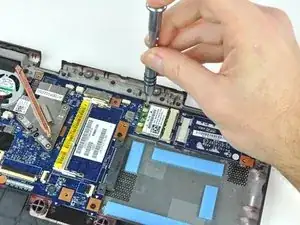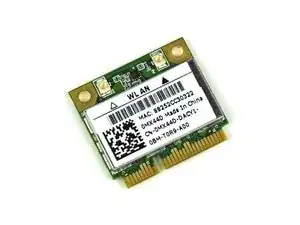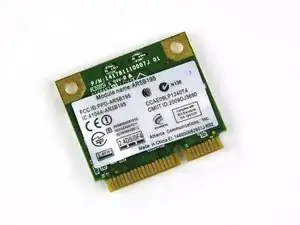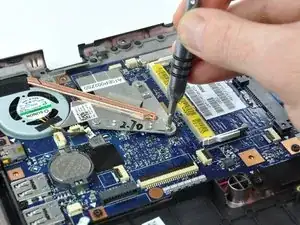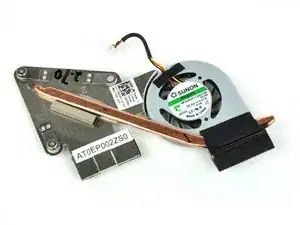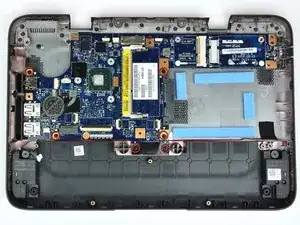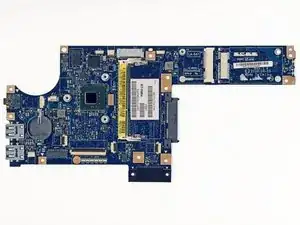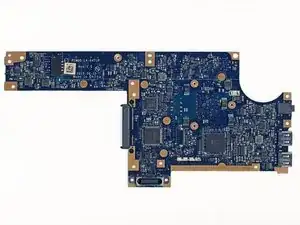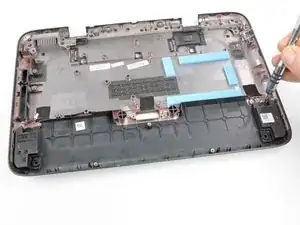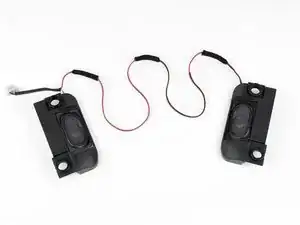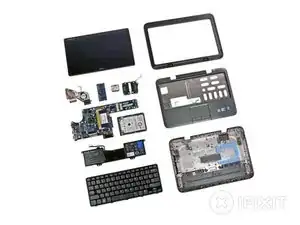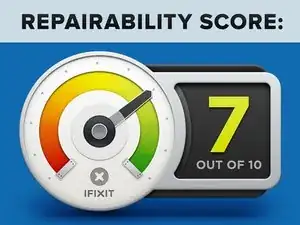Einleitung
Bringing the term "netvertible" to the limelight, Dell's tablet-with-a-keyboard Inspiron Duo comes standard with a whole helping of fascination with its never-before-seen mode of transforming between tablet and netbook. However, whether or not Dell will be able to change the world of tablet/pc integration is yet to be determined. Join us today as we delve into the guts, nuts, and bolts of Dell's most sensational new computer.
Werkzeuge
-
-
The Dell Inspiron Duo: The next big player in the netbook market from Dell that's more than just a netbook.
-
Tech specs:
-
Intel Atom 1.5 GHz Dual Core processor
-
2 GB DDR3 SDRAM
-
320 GB 7200 RPM SATA hard drive
-
Intel NM10 Express Chipset with integrated graphics
-
Built-in 1.3 megapixel webcam
-
-
-
With a maximum thickness of 1.13", this is not exactly the thinnest netbook available, especially when compared to the anorexic 11" MacBook Air.
-
At 11.22" x 7.66", the Inspiron Duo has a notably larger footprint than other tablets we've seen.
-
It might be clunkier than other competitors, but at $550, it's a lot cheaper than having both a MacBook Air and an iPad, which will set you back at least $1500.
-
-
-
The device information and Windows product information are hidden underneath a removable cover on the bottom of the Inspiron Duo.
-
The Inspiron Duo provides two methods of user interface. For those who want a netbook-y machine, the computer ships with Windows 7 Home Premium. For those who want the quick media accessibility of a tablet, the Inspiron Duo uses Dell's DuoStage interface.
-
To the left of the device information is the SIM card slot, which in this model is unused.
-
-
-
The Inspirion Duo comes apart in the same way as almost every other PC in the world: take out 90 (not really) screws from the back, turn the computer over, take the keyboard out, take out some more screws, then remove the top panel.
-
A common trend in PCs which we would love to see in other devices: many of the screw-holes are labeled to assist in reassembly. This hole is for a M2.5x8 screw.
-
-
-
In addition to the standard screws and clips, there are three connectors attaching the top cover to the lower case.
-
-
-
On the underside of the upper case, we see the touchpad, and the two switches we suspected before.
-
Switching from tablet to netbook mode or vice versa will either activate or deactivate the keyboard and change the screen UI. It appears that these two sensors play a part in determining whether or not the computer is in tablet or netbook mode.
-
-
-
Once inside, the Inspiron Duo looks a lot like any other netbook. It's got a motherboard, hard drive, RAM, battery, fan, heat sink, RTC battery, wireless module, and a couple speakers.
-
Strange. We were expecting something more... magical.
-
-
-
A few (6!) connectors and screws later, the display assembly comes free of the lower case.
-
-
-
Some prying with a plastic opening tool and a little unscrewing help us remove the display bezel and separate the LCD/digitizer/glass combo from the display assembly.
-
A 1.3 megapixel webcam sits above the display when the Inspiron Duo is in netbook mode. However, it's hidden when the screen is flipped around, leaving the Samsung Galaxy Tab as the lone picture-capable tablet, for now...
-
The 10.1" display has a resolution of 1366x768 pixels, giving it a pixel density of just over 155 ppi, higher than both the iPad and MacBook Air.
-
-
-
More screws and prying with the plastic opening tool.
-
The magnets in the corners of the rear LCD bezel allow the display to snap into place for either netbook or tablet usage.
-
The offset magnets are used to tell the computer what orientation the LCD is in (tablet or Netbook). Remember these?
-
The switches on the underside of the upper case are Field-Effect Transistors (FET), which alter their conductivity in the presence of a magnetic field. The offset magnets in the rear bezel cause the FETs to indicate which position the screen is in.
-
Apparently we are not supposed to touch the inverter board. This is likely due to the frailty of the connections between the board and the LCD cables.
-
-
-
Like many other touchscreen controlled devices nowadays, the Inspiron Duo's display, digitizer, and front glass are all glued together. Although this increases the sturdiness and cleanliness of the display assembly, it shoots simple repairs in the foot.
-
The touchscreen is controlled by a pair of EETI chips working together: the EX5404 and the EXC7200.
-
-
-
Even though the top cover had to be removed to get to it, the battery comes out quite easily.
-
The 14.8 V, 29 Wh battery is one of the well-noted shortcomings of the Inspiron Duo. Though Dell claims it will last 3 hours and 57 minutes, Engadget's review warns users of a sub-3 hour battery life.
-
Living up to its claimed battery life would still leave the Inspiron Duo well behind most other devices currently on the market, many of whom boast battery lives over 7 hours.
-
-
-
A single remaining screw holds the hard drive bracket in.
-
The Inspiron Duo ships with a 320 GB 7200 RPM Hitachi Travelstar Z7K320 hard drive, which sports a super slim 7 mm profile.
-
-
-
The Atheros AR5B195 WLAN card comes out after removing a single screw.
-
Nothing new or spectacular here. The Inspiron Duo has 802.11b/g/n wireless capabilities.
-
-
-
The heat sink and Sunon MagLev fan are affixed to each other and come out easily after disconnecting the fan cable and removing three Phillips screws.
-
-
-
A handful of screws is all that remains between us and removing the motherboard from the lower case.
-
-
-
Tons 'o' chips.
-
-
-
-
Samsung KB926QF E0
-
Realtek RTM890N-397
-
-
-
-
The speakers are the only things of interest left in the Inspiron Duo, and they both come out with ease.
-
You get a combined 2 watts of sound from these speakers, and, although no one would describe them as deafening, they do put out some fine sound.
-
-
-
Dell Inspiron Duo Repairability Score: 7 out of 10
-
Much of the internal hardware is not only user-replaceable, but is also easy purchased from Dell or a third party vendor.
-
Almost the entire computer can be taken apart with a plastic opening tool (or two) and a Phillips #0 screwdriver.
-
Many of the external (and internal) screw-holes are labeled.
-
You have to remove the top case to access the battery, which is shameful for a Dell product.
-
It is a hassle to get to the LCD assembly, and once you do, the entire thing must be replaced.
-
4 Kommentare
Step 14: The NM10 chipset can only address 2 GB of memory.
can the power button be replaced?
reginalt -
any tips on putting it back together lol
follow the guide from the down to up.
